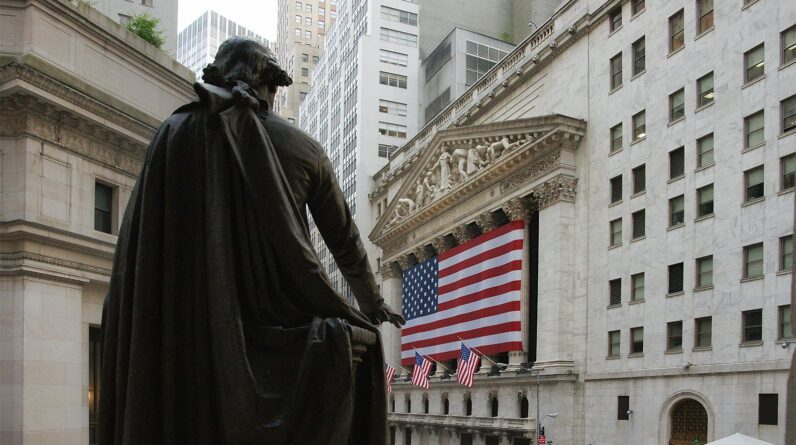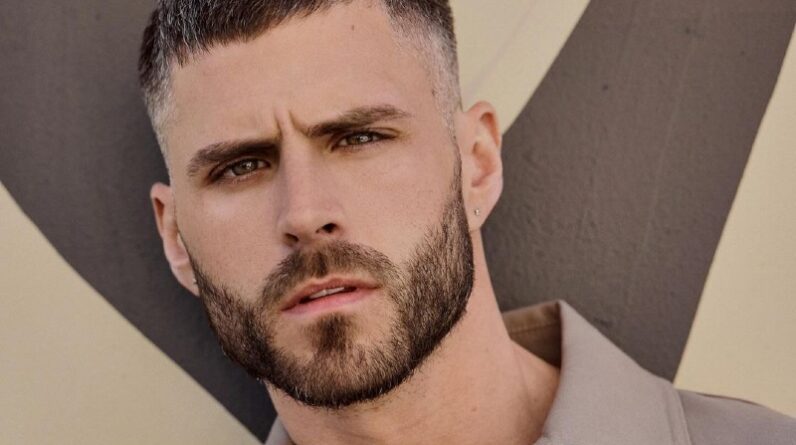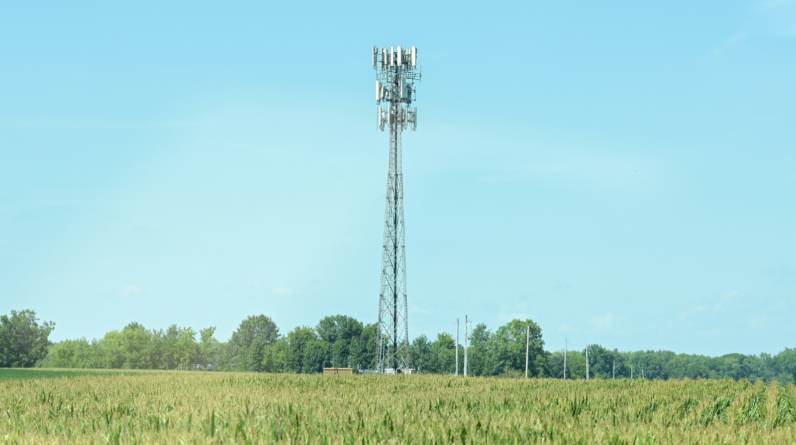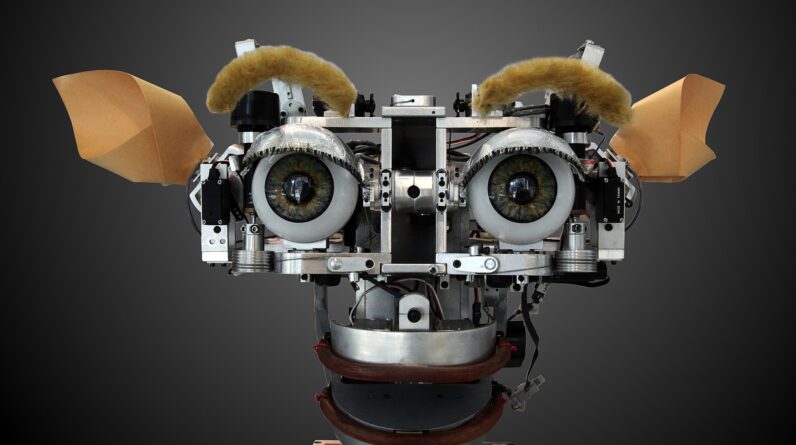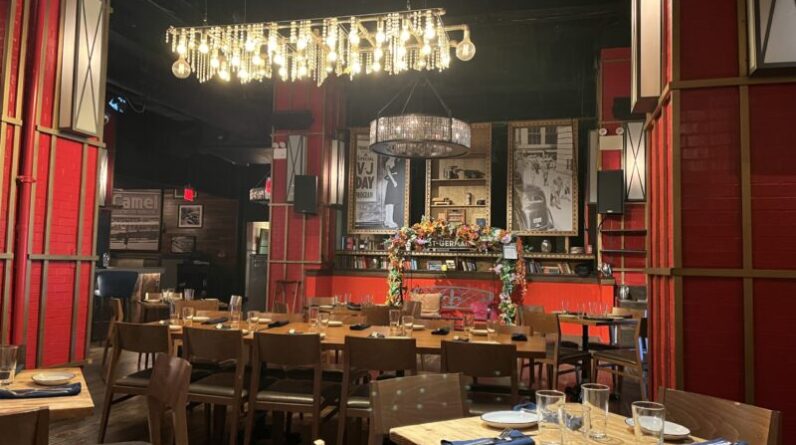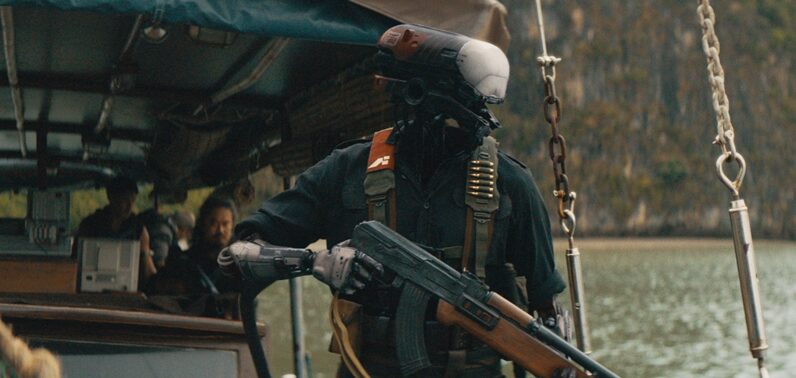
[ad_1]
A scene from ‘The Creator’ courtesy of 20th Century Studios
‘The Creator’ is a familiar science fiction narrative that’s reinvigorated by a stunning imagining of the future.
As the technology and applications for artificial intelligence (AI) have advanced, so too have the warnings of its potentially negative implications. Beyond the more cyclical concern that it’ll eliminate jobs, skeptics plead for caution for fear of building an AI that surpasses human intelligence and/or control. Others wonder if they’re made to mimic human interactions, can they develop real feelings that then need to be considered during any decision-making regarding their existence. We’re still in the “what if…” phase of the technology, but these questions have been explored on screen for several decades. In The Creator, AI has become the subject of war among humankind.
In the future, AI is fully integrated into society. Robots replace police and military, machines wear donated human likenesses and all exist harmoniously together. But a catastrophic event divides the world. The West condemns and rejects advanced AI tech, systematically eliminating any trace of its existence. Meanwhile, New Asia still embraces and creates AI machines, continuing to treat the human-like robots as equals under the guidance of Nirmata, the creator. Americans have been hunting Nirmata in an attempt to end the production of these advanced androids, but now they have a bigger concern — a new weapon called Alpha One.
Firstly, it must be said that this film is stunning, particularly in IMAX. The AI characters have human faces and skin-covered metal skeletons, but the sides of their heads are gaping holes that reveal their constantly churning internal mechanisms. From the front and back, they appear entirely normal. But from the side one can see how special they really are, disclosing the only real difference between the AI and humans. Of course, that difference is at the centre of the dispute: one side claims they are only machines who no longer have a purpose, while the other side argues the AI exhibit more humanity than some people and deserve to live freely.
The scenes in New Asia often unfold in rural areas, which are marked by a natural aesthetic of warm and muted tones. The humans and AI work side-by-side in the fields, and fight next to each other when they’re under attack. The city is seen in darkness, but lacks the glamorous lights of some futuristic pictures. Conversely, very little is seen of America, except for a brief glimpse of a disaster zone. However, their bases of operations are distinctly colder. Whether on the ground or in the sky, it’s all metal and computer screens — a deliberate contrast to the life they’re determined to exterminate.
Conversely, the story isn’t quite as exceptional. Fear of advanced AI and a need to eradicate it from the planet is a pretty common sci-fi narrative. Assembling armies who hate the technology and are trained to take out their robot enemies provides the picture’s action element. Then there’s the machines that change someone’s mind about the value of their existence, convincing them they are more than just metal and code. Yet, in the hands of writer-director and sci-fi veteran Gareth Edwards, these familiar story notes feel almost renewed when combined with the dramatic visuals, creating an engrossing film experience that manages to show a little heart before its end. Not to mention the exceptional cast that brings the narrative to life, including John David Washington, Allison Janney, Ken Watanabe, Gemma Chan (who also starred in the AI series, Humans) and a breakout performance from newcomer Madeleine Yuna Voyles.
Director: Gareth Edwards
Starring: John David Washington, Madeleine Yuna Voyles and Gemma Chan
[ad_2]
Source link


